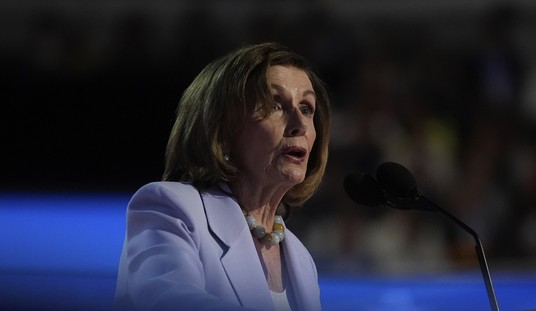What would we think of a company that produced a product everyone needs, but 95 percent of that product rolled off the assembly line substandard?
Could such a company stay in business?
That’s what the American education system is right now. Of course, it does stay in business, because it’s not a business. It’s government.
Our current model of school goes back to the Common School movement in the 1830s as pushed by Horace Mann and others. The intentions were good — as with most all government programs — and the results were pretty good for a long time, but the model is basically industrial: you collect a bunch of essentially identical pieces of raw material and run them through a sequence of workstations in an assembly line. We evaluate the students by looking at each student individually and then placing them onto a normal (or Gaussian) distribution, the famous bell curve, and assigning grades. In education theory this is called a “norms-based” evaluation.
Of course, we also expect that students can meet some external, hopefully objective, criteria. This approach, naturally, is called “criteria-based.”
Our schools actually combine these two approaches: we give grades, but we expect students to complete school able to perform adequately according to some basic criteria, like being able to read, write, and do common ‘rithmetic: the fabled “Three Rs.”
Our expectations aren’t being achieved, however.
I’ve written before about the New York City school system; it is an interesting example because it has among the highest per-student expenditures in the nation — recent estimates put it at $26,000 per student per school year — and yet still has poor conditions and poor results.
Looking at criteria-based measures, the New York City school system, well, sucks. They have a graduation rate of around 65 percent. Of those who do graduate and then apply to the City College of New York, the New York City community college, 80 percent of them require remedial education before they’re prepared to start their freshman year classwork. Another study by Annenberg found that among Brooklyn high school graduates only 1 in 10 are ready for college.
There are lots of reasons for this, of course. That same Annenberg survey found 78 percent of Tribeca high school grads were prepared (Tribeca being a heavily gentrified and wealthy area in Manhattan.) We can reasonably assume that the Tribeca families are educated as well as well-off; their kids are getting experiences at home the Brooklyn kids aren’t.
But the point of Common Schools was to “level the playing field,” as the saying goes, so that everyone got a decent education.
As I wrote in 2013, we have to look at who really benefits from the school system.
The students aren’t benefitting very much, especially the poorer ones that public schools are meant to serve: they’re not getting what the taxpayers are paying for. The teachers aren’t benefitting: you try living in Manhattan, or even Queens, on $45,000 a year.
So let’s look once again at my old idea of a Manhattan one-room school. Just doing some simple figures, we see that there is a lot of money, hundreds of thousands of dollars, that somehow isn’t making it down to the teachers and the schools. You can refer back to the “who benefits” article for the details, but for a 20-student classroom, the numbers come out to $350,000 to $400,000 a year.
Last month, four cancer charities were accused of defrauding their contributors of millions, because they paid excessive salaries, paid for extreme perks, and generally acted as piggy banks for their top executives while little or none of the money went to actual cancer patients. No one has a problem identifying this as swindling the contributors.
In the public schools of New York, we have a situation where simple arithmetic shows that hundreds of thousands of dollars of revenue per classroom aren’t making it to the classroom; where the administrators are receiving high salaries, well up into six figures, and where there are literally more “non-teaching professionals” than teachers; where the students aren’t leaving school with the basic education they need, much less the quality education they were promised and for which the taxpayers are paying.
If this were a private institution, a non-profit, we’d call this a swindle. Because it is.











Join the conversation as a VIP Member